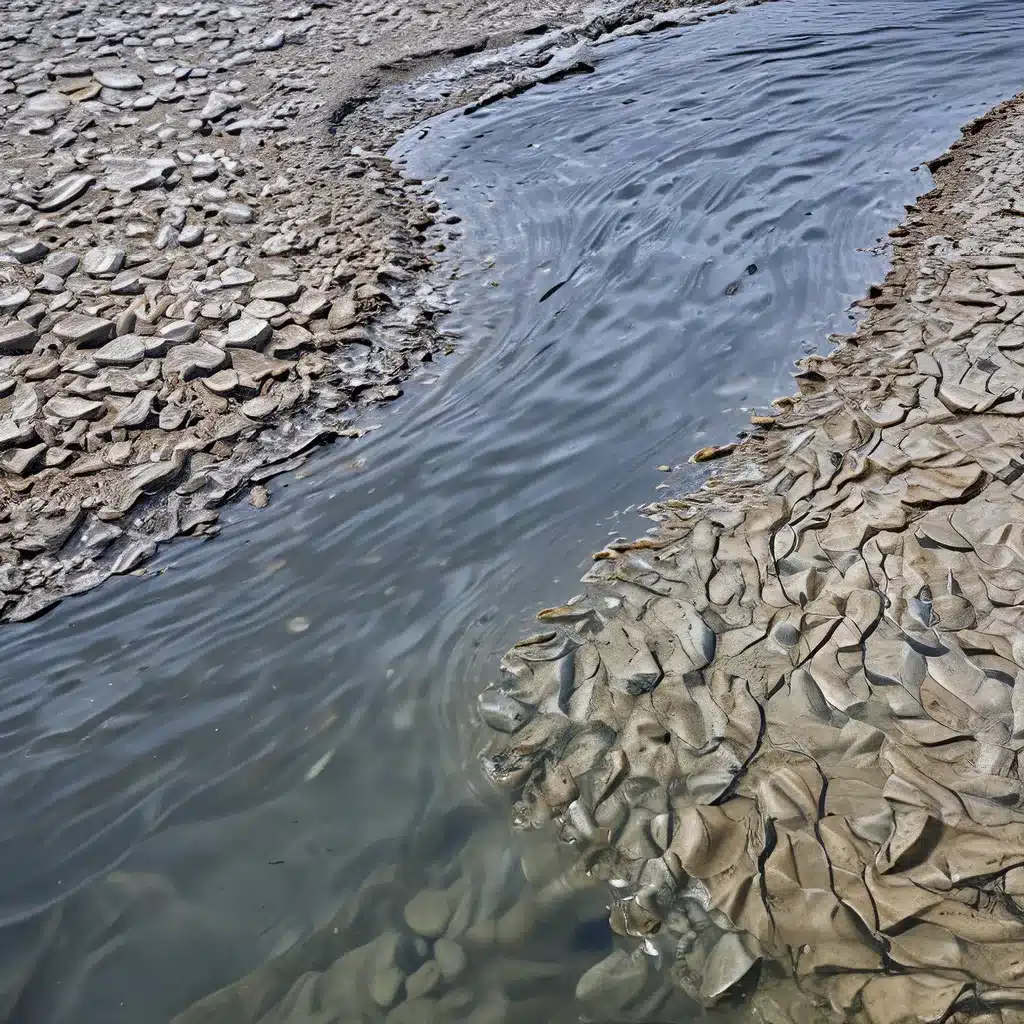
Diving into the Depths of Water Treatment’s Environmental Footprint
Ah, the wonders of water – the elixir of life that sustains us, quenches our thirst, and keeps our world thriving. But as I delve into the intricate world of water treatment, I can’t help but uncover the rippling impacts it has on our fragile ecosystems. It’s like peeling back the layers of an onion, each one revealing a new facet of this complex issue.
Let’s start by acknowledging the essential role water treatment plays in our modern societies. It’s the backbone that ensures our taps flow with clean, safe water, and our wastewater is properly managed. Without these crucial processes, the consequences would be dire. Yet, as with many things in life, the path to progress isn’t always a straight and narrow one. It’s paved with both benefits and burdens, and it’s our responsibility to understand and address the environmental implications.
Unveiling the Ripple Effect
Imagine a pebble being tossed into a serene pond. The initial splash is just the beginning – the ripples spread outward, disrupting the calm surface and creating a domino effect of change. That’s precisely what water treatment practices can do to our environment. It’s a phenomenon that, if left unchecked, can have far-reaching and often unseen consequences.
As I delve into the research, I’m struck by the sobering reality that rainwater runoff – a seemingly innocuous process – can have a profound impact on our ecosystems. When rainwater rushes off our roofs, driveways, and streets, it carries with it a cocktail of pollutants and contaminants. These can range from chemicals and nutrients to harmful bacteria, all of which ultimately find their way into our waterways.
The consequences of this runoff are far-reaching. It can disrupt the delicate balance of water bodies, leading to water pollution, the depletion of aquatic life, and even health risks for humans and wildlife. And it’s not just the water itself that suffers – the erosion and sedimentation caused by runoff can also wreak havoc on the land, degrading soil fertility and agricultural productivity.
Tackling the Tide of Pollution
But the story doesn’t end there. Pollution is a major culprit, and it comes in many forms. Point-source pollutants, like those from factories or sewage treatment plants, are relatively easy to identify and manage. But the real challenge lies with non-point-source pollutants, which can come from a myriad of diffuse sources, like urban areas, construction sites, and agricultural fields.
These pollutants, when carried by rainwater runoff, can contaminate our rivers, lakes, and oceans, posing a grave threat to the health and survival of aquatic organisms. And the ripple effect doesn’t stop there – when these pollutants make their way into our drinking water sources, they can compromise the quality and safety of the water we consume, potentially leading to serious health issues.
Embracing Sustainable Solutions
As daunting as this challenge may seem, I take solace in the fact that there are sustainable solutions within our grasp. One such approach is rainwater harvesting. By capturing and storing rainwater for later use, we can not only conserve precious water resources but also reduce the volume of runoff and the associated pollution and erosion.
Another promising solution lies in the realm of green infrastructure. Features like green roofs, permeable pavements, and constructed wetlands can help absorb and filter rainwater, preventing it from becoming a source of environmental degradation. These natural or engineered systems don’t just manage stormwater – they also enhance the aesthetics of our urban landscapes and provide additional benefits, such as improved air quality and increased biodiversity.
A Call to Action
As I reflect on the rippling impacts of water treatment practices, I can’t help but feel a sense of both urgency and optimism. The challenges we face are undoubtedly complex, but the solutions are within our reach. It’s time for us to embrace the principles of sustainable water management and work together to protect our precious natural resources.
Whether you’re a policymaker, an industry professional, or simply a concerned citizen, I encourage you to explore the possibilities and take action. By adopting rainwater harvesting, incorporating green infrastructure, and advocating for integrated coastal management, we can create a future where the ripples of our water treatment practices are ones of harmony and resilience.
After all, the health of our water systems is inextricably linked to the well-being of our communities and the planet we call home. So let’s dive in, roll up our sleeves, and be the change we wish to see in the world of water treatment. The future of our blue planet depends on it.
Inland Waters Inc. is committed to exploring and implementing innovative water treatment solutions that minimize environmental impact. Contact us today to learn more about how we’re making waves in the industry.


